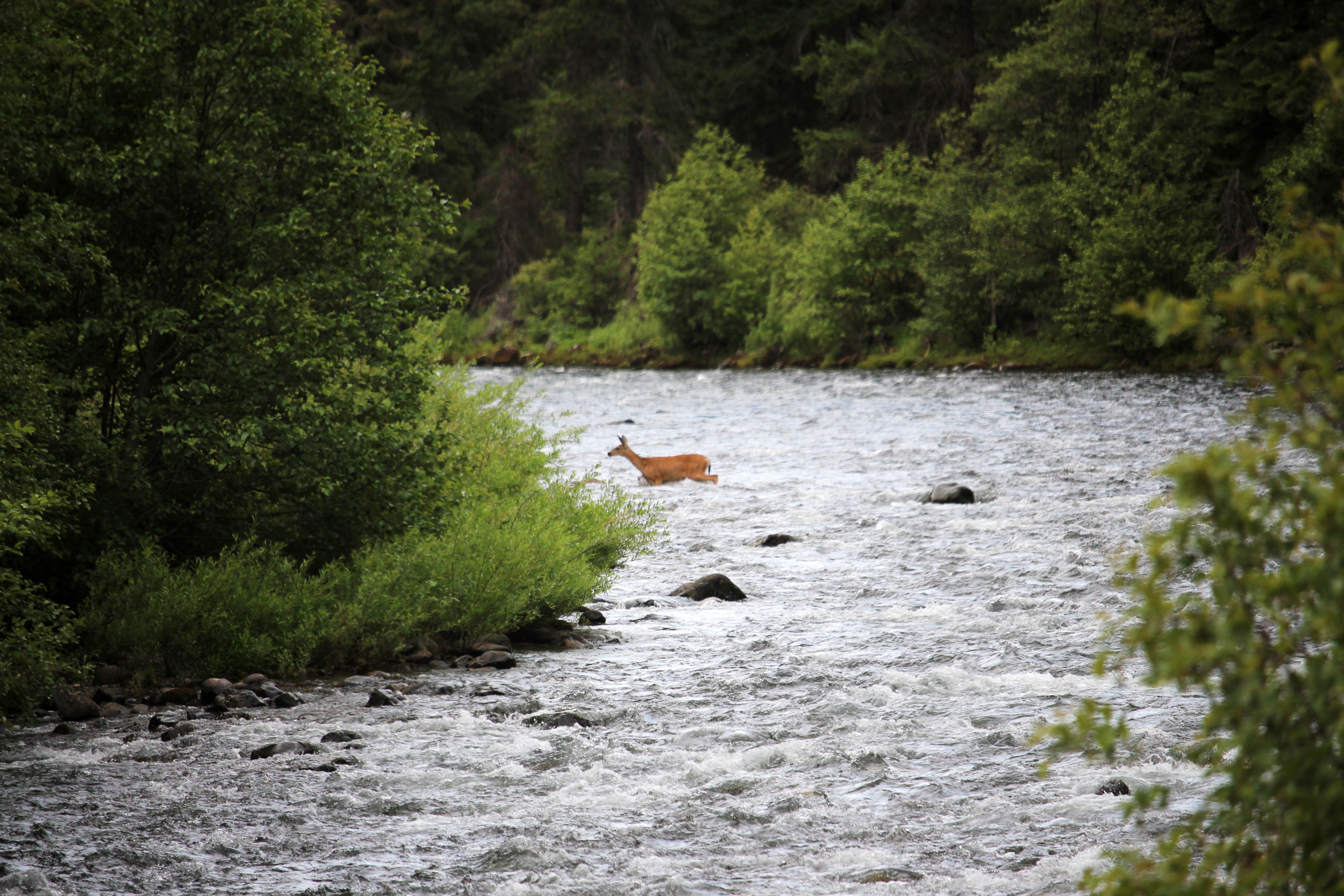Anticipated future shifts in water supply and water demands will combine to create potential vulnerabilities related to water availability across many areas of eastern Washington, according to a new report from the Washington Department of Ecology, Washington State University, and the State of Washington Water Research Center.
As suggested in earlier reports, climate change is pushing average temperatures higher across the Pacific Northwest, meaning the region will see more rain and less snow in the mountains, earlier snow melt, and shifts in river flows and water supplies. The latest Columbia River Basin Long-Term Water Supply and Demand Forecast outlines how changing climate, trends in agricultural crops and population growth may affect water availability across Eastern Washington over the next 20 years.
“Managing water supplies and meeting the needs of the environment, agriculture, industry and the growing communities of eastern Washington will only grow more challenging in the decades ahead,” said Tom Tebb, director of Ecology’s Office of Columbia River. “In our office, we are moving forward a number of initiatives to meet those needs, and this report is an important tool to keep our work on track.”
The long-term forecast builds on past reports by taking a comprehensive look at water supplies and demands, with an improved analysis of groundwater supplies, as well as residential and agricultural demands and likely impacts on flows for fish. The report also adds a longer term, 50-year outlook through 2070, to more deeply explore anticipated climate impacts. Each of the Forecasts published since 2006 have taken advantage of state-of-the-art science and modeling to provide a clearer understanding of the vulnerabilities facing the Columbia River Basin’s water future.
“Each watershed in eastern Washington faces unique challenges,” explained Dr. Jennifer Adam, the forecast project director and Berry distinguished professor of civil and environmental engineering at Washington State University. “Some watersheds are more vulnerable to expected changes in the timing or availability of water supply, combined with changes in out-of-stream demands.”
As suggested in earlier reports, climate change effects are especially important in the watersheds fed by snowmelt off the Cascade Mountains. Higher temperatures mean more of the annual precipitation will fall as rain rather than snow, and the snowpack that does build up in winter will melt and run off earlier if it is not captured in reservoirs.
With the snow disappearing earlier, the historically dry months of June through October will experience a decrease in water availability.
Those changes will drive other shifts. The report predicts slight declines in agricultural irrigation water demand across many areas of eastern Washington, as farmers plant their crops earlier in the season, which makes use of more rain (reducing the need for irrigation). Growing populations and changes in the mix of agricultural crops, however, will likely result in greater demands for water. And the tension between keeping river and stream flows high enough to support fish, and the demands on hydropower to power electric vehicles, data centers and other uses, will only grow more acute.
At the same time, trends indicate groundwater aquifers will continue to decline in many areas across eastern Washington. This may limit the options to meet demands when surface water supplies are scarce.
Different areas, unique vulnerabilities
Although these broad trends affect every river in the region, each watershed will face unique challenges due to the particular combination of changes. The report provides detailed projections for each of eastern Washington’s 34 watersheds, outlining the specific changes anticipated to water supply and demand.
For example, in the Yakima River Basin, expected changes in supply and demand converge to create particular vulnerabilities. The upper areas of the basin (the Naches River and the Yakima River upstream from the City of Yakima), are expected to experience increases in agricultural water demand from changes in the crop mix and in crop maturation patterns, while at the same time expecting decreasing water supplies in low supply years.
The Lower Yakima watershed (Yakima River from the City of Yakima down to the confluence with the Columbia River) is considered vulnerable because of the overlap between expected increases in summer residential water demand coinciding with decreases in surface water supply in the summer months.
In other parts of eastern Washington, declining groundwater supplies will exacerbate these challenges. For example, the Okanogan and the Walla Walla groundwater subareas expect substantial reduction in available water within 10 years, with the Okanogan subarea also expected to experience increases in agricultural water demand. The Odessa subarea likely will not see increases in agricultural water demand, but is expected to see some of the largest increases in summer residential water use.
“By making smart choices today, we give ourselves the best chance of preparing for and adapting to a changing environment,” Tebb said. “This kind of research is an essential first step to help us make the right choices.”
Researchers at the University of Utah and Aspect Consulting supported the report’s development.


